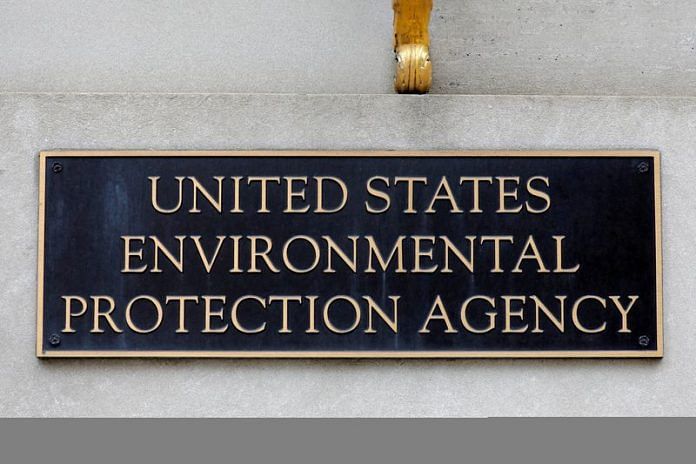By Valerie Volcovici
WASHINGTON (Reuters) -President Joe Biden’s administration on Thursday announced it has finalized rules for power plants, that it says could cut over 1 billion metric tons from carbon emissions by 2047 even as demand for electricity grows.
The U.S. Environmental Protection Agency tightened a proposal to slash carbon emissions from existing coal and new gas plants. EPA also updated and finalized long-standing rules to reduce mercury and toxic air pollutants and clean up wastewater and coal ash discharge.
“EPA is cutting pollution while ensuring that power companies can make smart investments and continue to deliver reliable electricity for all Americans,” EPA Administrator Michael Regan said in a statement.
In 2022, Regan pledged to take on several regulations to reduce carbon emissions from power plants and help states, utilities and plant operators improve decisions on investment and plant retirement.
Electric utilities have been bracing for a spike in demand from data centers powering technology like generative AI. Electric vehicles will also feed power demand.
This year, projections show U.S. adding more electric generation capacity than it has in two decades, 96% of it clean energy, White House climate adviser Ali Zaidi told reporters.
Among changes EPA made to the carbon rule is dropping hydrogen as a “best system of emission reduction” for gas plants. Now, just carbon capture and sequestration (CCS) could be used for the longest-running existing coal units and new gas turbines that run more than 40% of the time.
The EPA initially proposed that the standards apply to plants that run more than 50% of the time.
The agency also said the final rule will require coal plants that plan to run past 2039 to install CCS technology starting in 2032. The initial proposal would have required CCS for plants set to run past 2040.
The Edison Electric Institute (EEI), an investor-owned utility trade group, said it appreciated EPA’s approach of bundling pollution rules to ease compliance. But EEI President Dan Brouillette expressed disappointment on the reliance on carbon capture, saying it was “not yet ready for full-scale, economy-wide deployment.” He said there was not enough time to build adequate infrastructure for compliance by 2032.
Regan told reporters EPA was confident in the technology, bolstered by Inflation Reduction Act tax incentives, and support from “multiple power companies.”
The agency said it has launched a process to get feedback on reducing carbon emissions from existing gas plants. EPA removed existing gas plants from the initial proposal last month and gave no timeline for a rule to cover the current fleet.
EPA also reduced mercury emissions limits for lignite coal plants by 70% and emissions limits associated with toxic metals by 67%, the first update of that rule since 2012. It finalized measures to eliminate 660 million pounds of pollution per year discharged into U.S. waterways and to reduce coal ash contamination.
Environmental groups praised the rules for helping drive down power sector emissions alongside the IRA, moving the sector closer to Biden’s goal of net-zero emissions by 2035.
“The age of unbridled climate pollution from power plants is over,” said Manish Bapna, president of the Natural Resources Defense Council.
Republican Senator Shelley Moore Capito, top Republican on the U.S. Senate environment committee, said she plans to introduce a resolution to overturn the rules.
She said Biden “has inexplicably doubled down on his plans to shut down the backbone of America’s electric grid through unachievable regulatory mandates.”
TACKLING TRANSMISSION
The administration also announced measures aimed at enabling the U.S. power grid to move around the country the huge amounts of clean, intermittent generation planned to come online in coming years.
The Energy Department announced an effort to expand grid capacity by upgrading a target of 100,000 miles of transmission lines over five years.
It said it would create a “categorical exclusion” in the federal environmental review process for upgrades to existing transmission lines, cutting the process to two years to get permits.
The agency also finalized a rule aimed at making federal permitting of new transmission lines more efficient. It would set up a program called CITAP aimed at cutting the average permit time in half.
Energy Secretary Jennifer Granholm also announced the DOE would direct over $330 million to support a 285-mile transmission line from Idaho to Nevada, which will bring 2,000MW transmission capacity badly needed in the U.S. west.
“We’re getting more power to more people in more places, with the urgency that Americans deserve,” she told reporters.
(Reporting by Valerie Volcovici; Editing by Tom Hogue and David Gregorio)
Disclaimer: This report is auto generated from the Reuters news service. ThePrint holds no responsibilty for its content.



